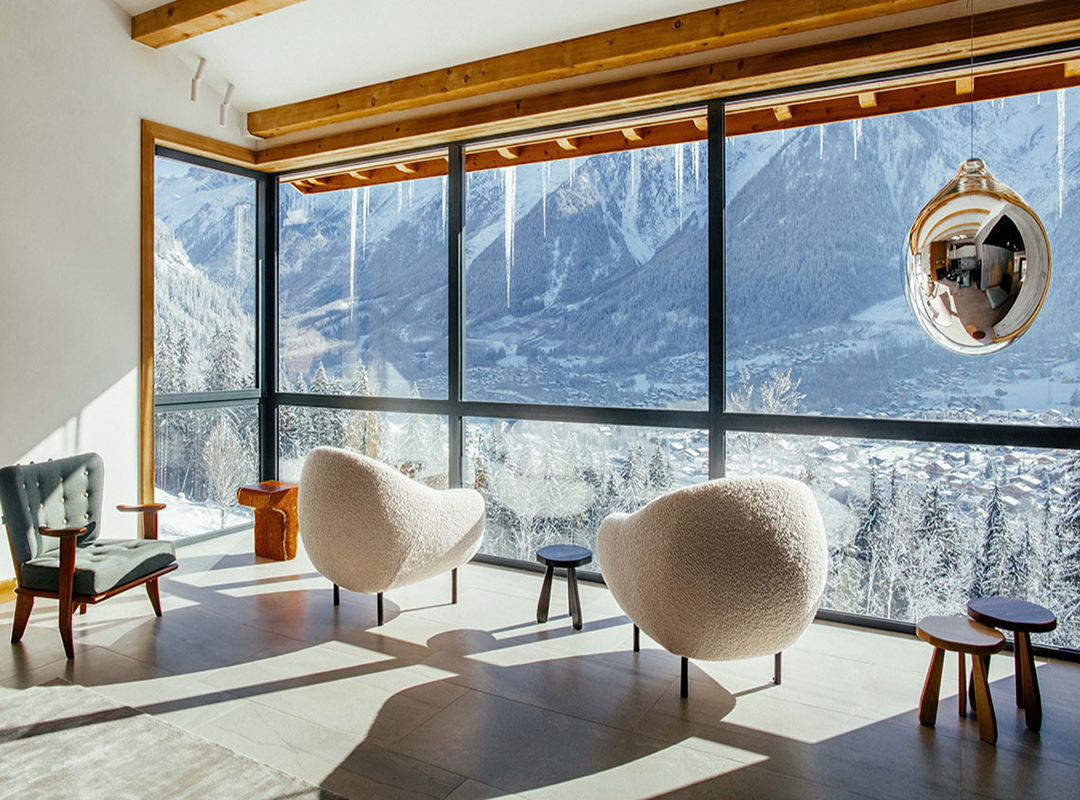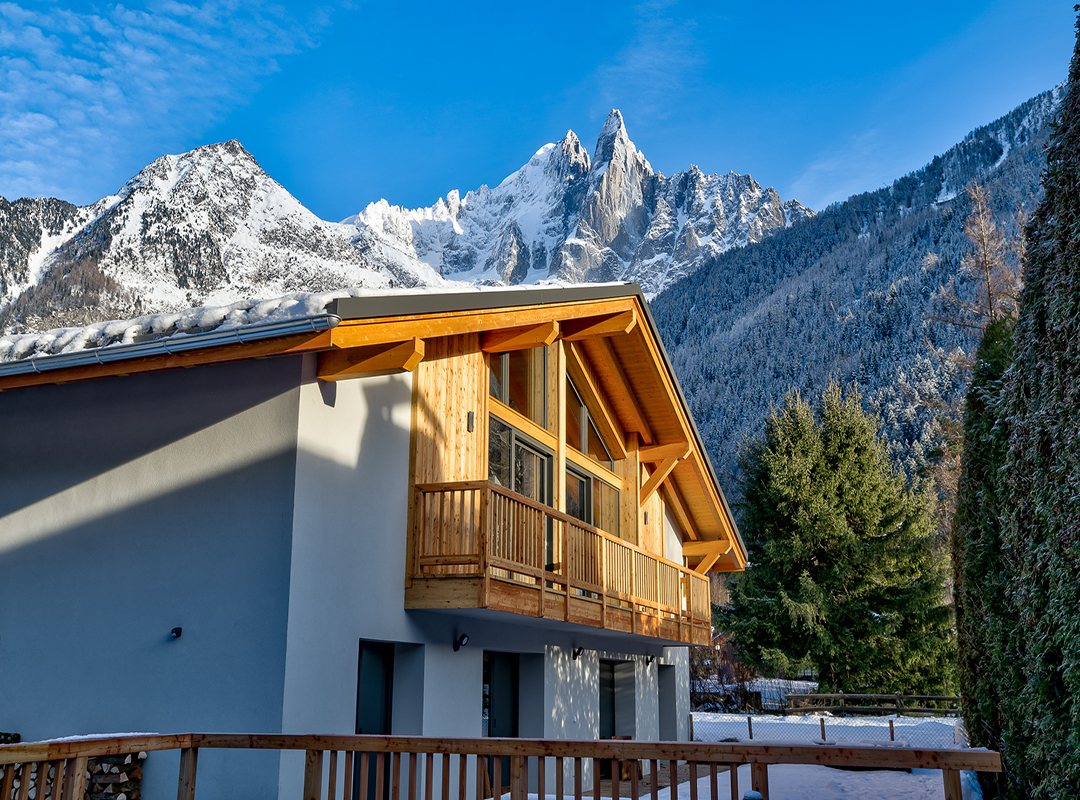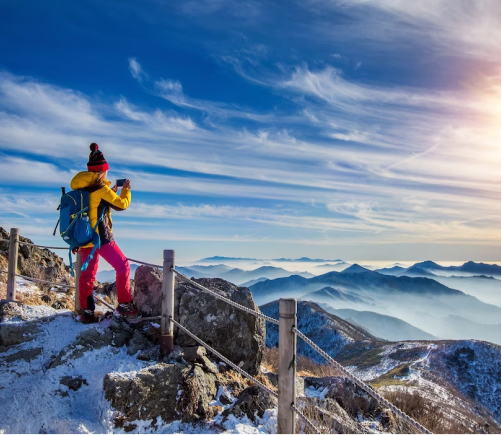Weather, Climate, and Typical Snow Conditions
1. Overview:
Chamonix, located in the French Alps near the junction of France, Switzerland, and Italy, has a climate that is heavily influenced by its altitude and its location in a mountainous region. The area is typically classified as having a Mountain or Alpine climate, characterized by cool to cold temperatures and significant snowfall during the winter months, and milder, often quite warm, conditions in the summer.
2. Winter Conditions:
Winter in Chamonix and the Mont Blanc region typically runs from December to April. This season is dominated by cold and snowy conditions, making it a paradise for winter sports enthusiasts.
Temperatures: Average daytime temperatures typically range from -10°C to 5°C (14°F to 41°F), with nighttime and early morning temperatures frequently dropping below freezing. Higher altitudes will experience colder temperatures.
Snowfall: Snowfall is plentiful, with an average of 2-6 meters of cumulative snowfall per season, depending on the altitude. The highest snowfall months are typically January and February.
Snow Conditions: The quality of snow can vary greatly depending on temperature, recent snowfall, and altitude. Lower altitude areas tend to have wetter, heavier snow, while higher altitudes can have drier, lighter powder. Off-piste areas can provide excellent powder opportunities, although these should be approached with caution and appropriate avalanche safety knowledge.
3. Summer Conditions:
Summer runs from June to September in Chamonix and the Mont Blanc region. The weather is typically milder and drier, with more sunshine.
Temperatures: Average daytime temperatures typically range from 15°C to 25°C (59°F to 77°F), although it can get cooler at night and at higher altitudes.
Precipitation: Rainfall is lower in summer than in winter but can still be significant, particularly in late summer when thunderstorms are not uncommon.
4. Spring & Autumn:
These are transition seasons in Chamonix and the Mont Blanc region, with conditions dependent on the altitude. Spring (April-May) can still be snowy at higher altitudes, whereas autumn (October-November) can see the first snowfalls.
5. Climate Variability:
Like all mountain climates, weather in Chamonix and the Mont Blanc region can change rapidly, and conditions can vary greatly between the valley and higher altitudes. It’s always a good idea to check the forecast regularly, particularly if planning to venture into the mountains.
6. Impact of Climate Change:
As elsewhere, the Chamonix and Mont Blanc region has seen the impacts of climate change, with rising average temperatures and changes in precipitation patterns. This can affect the length and quality of the ski season and has implications for the region’s glaciers.
Chamonix and the Mont Blanc region provide a stunning environment for outdoor activities year-round. However, the region’s weather is variable and can change quickly, so it’s important for visitors to stay informed about current and forecasted conditions, especially when venturing out for skiing, snowboarding, mountaineering, or hiking.










